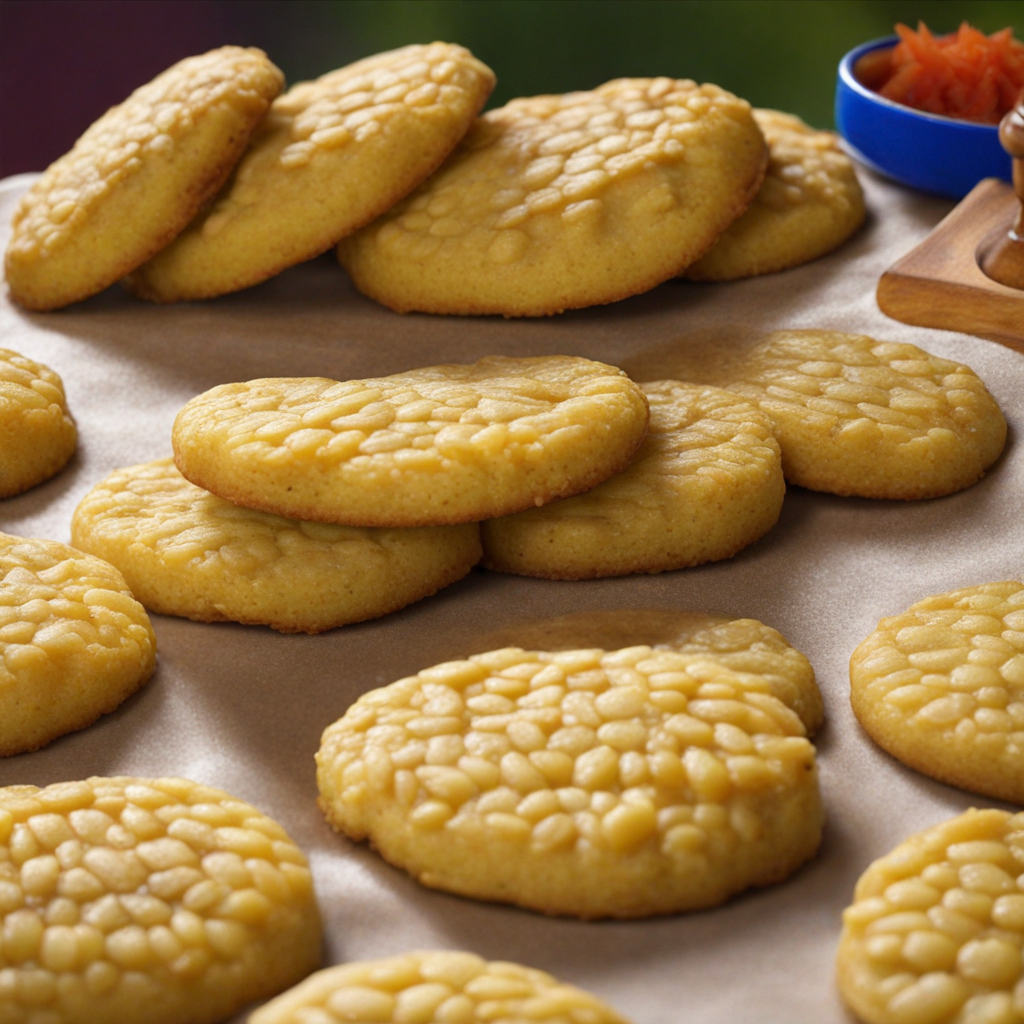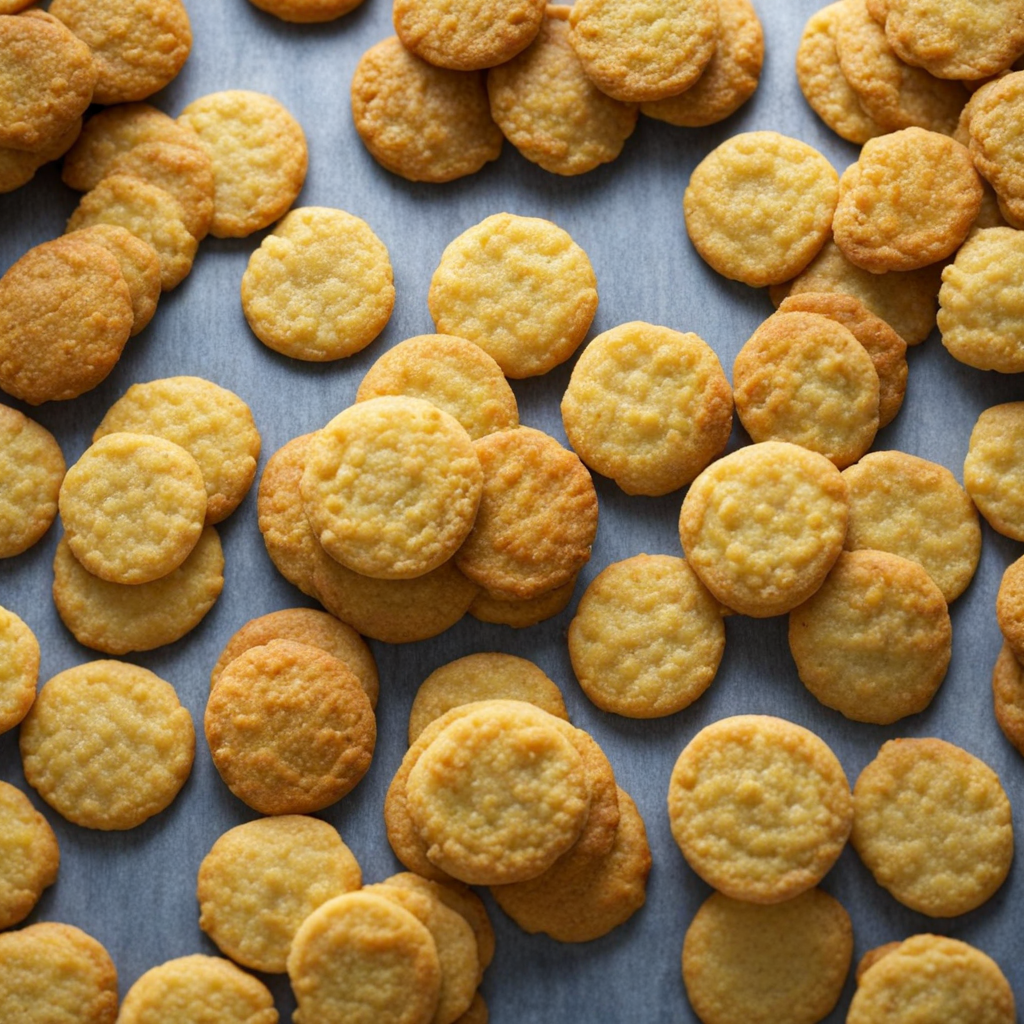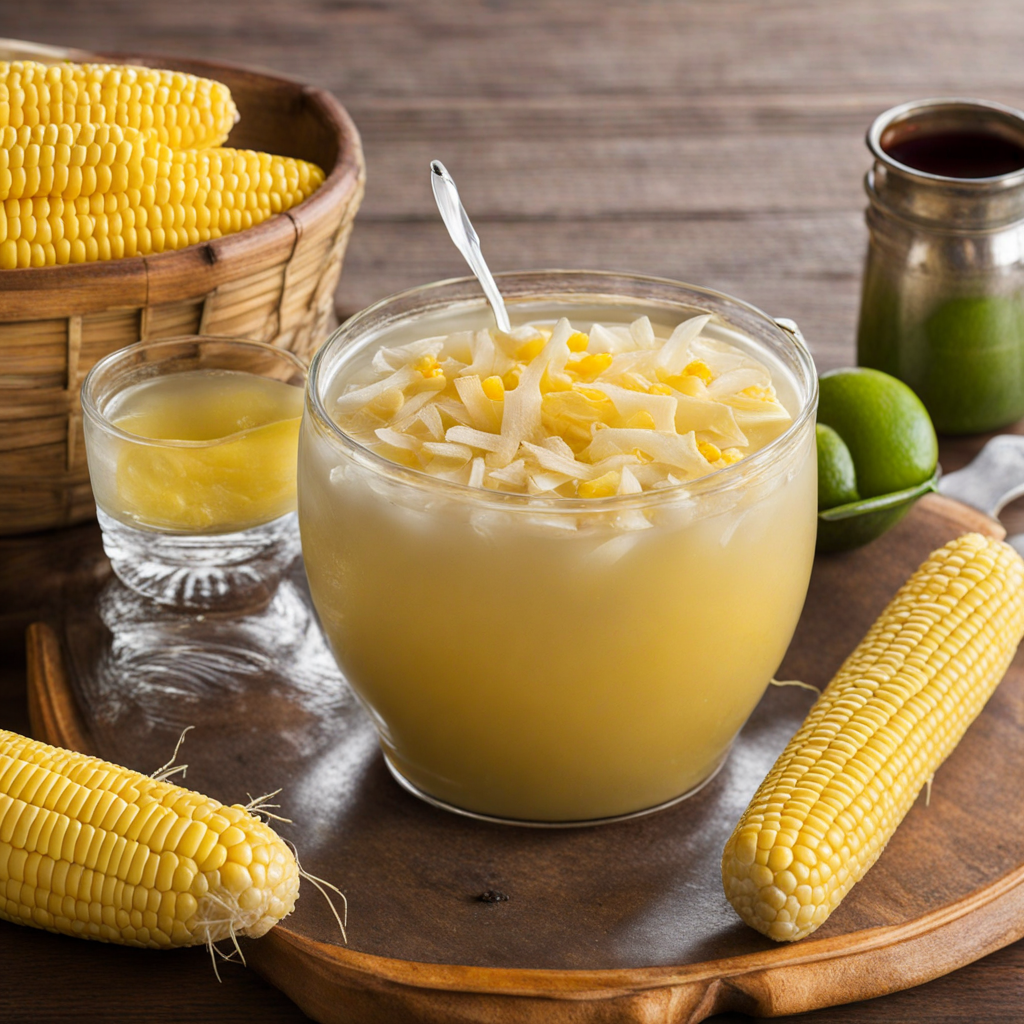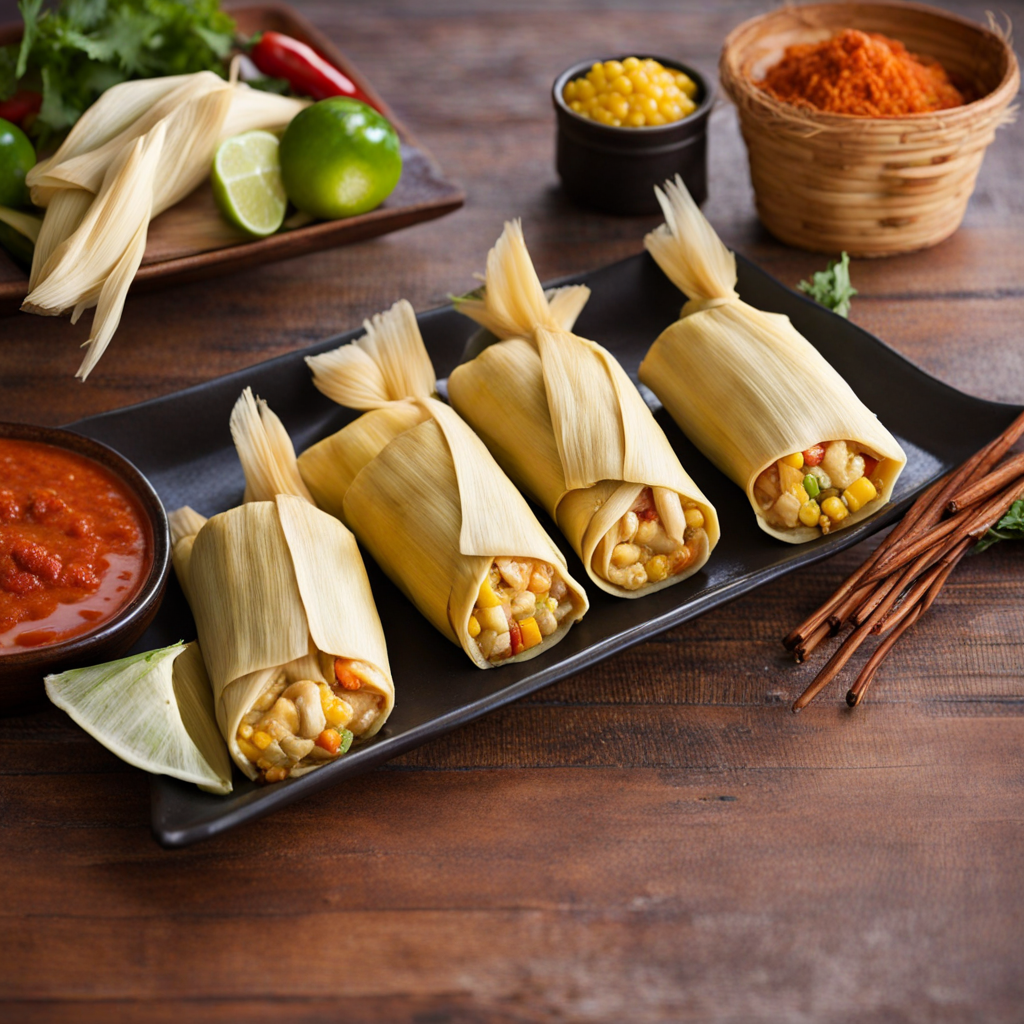Perrereque
Perrereque is a delightful Nicaraguan dish that showcases the country's rich culinary heritage, particularly its seafood offerings. This unique preparation involves a blend of fresh fish, often tilapia or snapper, which is marinated in a zesty mixture of lime juice and a medley of spices. The marination process not only enhances the flavor of the fish but also tenderizes it, allowing the vibrant tastes to meld beautifully. The dish is typically complemented with a variety of fresh vegetables, including bell peppers, onions, and tomatoes, which add a colorful crunch and a refreshing contrast to the savory fish. One of the standout features of Perrereque is its traditional cooking method, which often involves grilling or frying the marinated fish until it reaches a golden-brown perfection. The process infuses the dish with a smoky aroma that enhances its overall appeal. Served alongside rice and beans, or sometimes with a side of fried plantains, Perrereque embodies a harmonious balance of textures and flavors that brings the essence of Nicaraguan cuisine to the forefront. For those who enjoy exploring new tastes, Perrereque offers an exciting culinary adventure that delights the palate with its fresh, zesty notes and satisfying depth. With each bite, you can experience the vibrant culture of Nicaragua, as this dish not only celebrates its local ingredients but also tells a story of tradition and community. Whether enjoyed at a local eatery or prepared at home, Perrereque is sure to leave a lasting impression on anyone eager to discover the flavors of Central America.
How It Became This Dish
The History of Perrereque: A Nicaraguan Culinary Treasure Perrereque, a traditional Nicaraguan dish, is a culinary gem that reflects the rich cultural tapestry of Nicaragua. This unique food, often described as a type of tamale or corn-based dish, carries with it a historical narrative that is deeply intertwined with the indigenous peoples of the region, Spanish colonial influences, and the evolution of Nicaraguan cuisine. #### Origins: Indigenous Roots and Spanish Influence The roots of Perrereque can be traced back to the pre-Columbian era when indigenous groups, including the Nicarao and other Mesoamerican tribes, inhabited the region that is now Nicaragua. These communities were skilled in agriculture, particularly in the cultivation of maize (corn), which was a staple of their diet and held great cultural significance. Corn was not only a primary food source but also a central element in religious and social rituals. The preparation methods of these indigenous peoples were largely based on the use of simple tools and natural ingredients, which are still echoed in the modern recipes for Perrereque. The basic concept of using masa (corn dough) to create various dishes laid the foundation for what would eventually become the Perrereque. With the arrival of Spanish colonizers in the 16th century, the culinary landscape of Nicaragua began to shift. The Spaniards introduced new ingredients, cooking techniques, and flavors that would meld with the existing indigenous practices. As a result, the evolution of Nicaraguan cuisine became a fusion of native traditions and Spanish influences, leading to the creation of dishes like Perrereque. #### Cultural Significance: A Dish of Celebration Perrereque is more than just a food item; it is a symbol of Nicaraguan culture and identity. Traditionally, it is prepared for special occasions, gatherings, and celebrations, such as weddings, holidays, and community feasts. The dish is often associated with communal cooking, where families and friends come together to prepare it, fostering a sense of community and shared heritage. The preparation of Perrereque often involves a labor-intensive process that brings people together. The corn is soaked, ground, and mixed with various ingredients such as cheese, beans, and spices, often incorporating local flavors and seasonal vegetables. It is then wrapped in banana leaves and steamed, which lends a unique flavor and texture to the dish. This communal aspect of cooking reinforces social bonds and preserves traditional culinary knowledge, passing it down through generations. Furthermore, Perrereque is emblematic of Nicaragua’s agricultural bounty. The dish showcases the importance of corn, which is revered in many indigenous cultures as a sacred crop. The act of preparing and sharing Perrereque is a tribute to the land, the laborers, and the rich agricultural practices that sustain Nicaraguan communities. #### Development Over Time: From Tradition to Modernity As Nicaragua transitioned through various historical phases, including colonization, independence, and civil conflict, the culinary practices surrounding Perrereque also evolved. In the 19th and early 20th centuries, as Nicaragua began to establish its national identity, traditional foods became a means of cultural expression. Perrereque, with its indigenous roots and communal significance, gained prominence as a dish that represented Nicaraguan heritage. In recent decades, globalization and urbanization have influenced the way Perrereque is prepared and consumed. While traditional recipes remain popular, modern interpretations have emerged, often incorporating contemporary ingredients and techniques. Chefs and home cooks alike experiment with variations, adding new dimensions to the dish while maintaining its core essence. The rise of culinary tourism in Nicaragua has also played a role in the revitalization of Perrereque. As travelers seek authentic experiences, traditional foods like Perrereque have garnered attention, bringing with them stories of cultural significance and historical depth. Restaurants and food markets across Nicaragua now feature Perrereque prominently on their menus, celebrating its legacy while introducing it to a wider audience. #### Ingredients and Preparation: A Culinary Art The traditional ingredients of Perrereque highlight the agricultural diversity of Nicaragua. The primary component is masa, made from hominy or fresh corn. Depending on the region, variations may include different types of cheese, often made from local dairy, as well as beans, peppers, and spices that reflect the local palate. The preparation of Perrereque involves several steps. First, the corn is prepared – soaked, cooked, and then ground into a dough. This dough is mixed with other ingredients, which can vary widely but often includes cheese and various seasonings. The mixture is then wrapped in banana leaves, which not only impart flavor but also help to steam the dough, resulting in a moist and aromatic dish. Once cooked, Perrereque can be served in various ways. It can be enjoyed on its own, accompanied by a side of fresh salsa, or paired with traditional Nicaraguan beverages like agua de cacao or a local beer. Its versatility makes it a favorite among both locals and visitors. #### Conclusion: A Culinary Legacy Perrereque stands as a testament to the enduring legacy of Nicaragua’s culinary traditions. Its rich history, rooted in indigenous practices and shaped by centuries of cultural exchange, reflects the resilience and creativity of Nicaraguan communities. As the dish continues to evolve, it remains a symbol of identity, celebration, and communal bonds. In an age where globalization often threatens to dilute local cultures, Perrereque serves as a reminder of the importance of preserving culinary heritage. As Nicaraguans and food enthusiasts worldwide embrace this unique dish, they not only celebrate its flavors but also honor the stories and traditions that have shaped it over time. Through Perrereque, the essence of Nicaragua lives on, one bite at a time.
You may like
Discover local flavors from Nicaragua







